The review was provided by TFB – The Firearm Blog
A friend of mine has a thermal spotter which he bought a few years ago. He was looking for an upgrade, and as he heard I had Pulsar’s brand new Helion 2 XP50 PRO he came by to have a look. It was a sunny spring day with a temperature of around +15°C (+59°F), pretty good conditions for any thermal device. I turned the Helion 2 on, white hot image and set the focus at a house about 160 meters away and gave it to him. He had a look and asked, so how do I put the thermal mode on to check the function? I said there is only one setting and it’s a thermal image, you’re looking at it! You can change some of the settings and the color palette, but everything is based on a thermal image of what you’re looking at. He couldn’t believe what I was saying, but the new Pro version delivers such a good representation of the surroundings that you think it’s a black & white movie or picture of reality. He ordered one the same day.

I think this “revelation” is a good example of how fast the development in thermal imaging for consumers is going and how good the latest thermal spotters (and sights) have become. Are they perfect and do they deliver the same image quality on a foggy and rainy day? No, of course not but that’s just reality for any thermal device. However, a powerful device like the Helion 2 XP50 PRO is going to perform well regardless.
So how does the Helion 2 XP50 PRO differ from the “old” Helion 2 XP50?
The housing is made of a high-strength magnesium alloy. It has a sensor with 640×480@17 µm and a NETD <25 mK. The PRO has a new fast aperture lens with F50/1.0 instead of 1.2. The display is AMOLED HD 1024×768 and it records in .mp4. There are also some minor changes in the looks, but unless you see them side-by-side you won’t notice and they make no real difference to the user.
What does all these numbers mean? I’ve had the two side-by-side and the foreground and background details are noticeably improved on the new Pro model, while the price remains the same
The top one is the new Helion 2 XP50 PRO. The main difference can be found on the inside.
Usage
These types of thermal monoculars can be used both day and night, and they are very effective. Basically, there’s no hiding for anyone or anything although there are ways to reduce your thermal signature if you’re a professional. In complete darkness, you can see a small mouse moving around at 100 meters. The Helion 2 PRO can detect a human figure (1.8×0.5 m) as far out as 1800 meters. Note that they cannot be used as a sight, they are designed to be used hand-held or mounted on a tripod for observation and spotting.
Below: Pulsar’s new Thermal Clip-On below, far right.

First Impression & Description
I’m used by now, but everyone who sees the Helion 2s comment that they’re much smaller than they appear in pictures – much slimmer at least. It’s still the largest of Pulsar’s monoculars, but you should be able to carry it in the outside pocket of your jacket. The dimensions are 242x75x60mm (9.5″x2.95″x2.36″) and the weight is 500 grams (17.6 oz), pretty handy considering the performance. The buttons are tactile and covered with what I suppose is rubber. The on-off button is blue, positioned a little further away from the buttons used to control the Helion. In the darkness, it can be a bit of an issue to identify which button is which, but after a while, you get used to it. Basically, you press the menu, then plus or minus to move the cursor and hit enter.

Distance 200 meters, +15°C (+59°F) sunshine.
The heart of any thermal device is the sensor. The Helion 2 XP50 PRO comes with a 640×480 pixel micro-bolometric sensor, with a 17 μm pixel pitch, 50 Hz frame rate. The NETD (Noise-Equivalent Temperature Difference) is <25 mK. The lower the better, and the previous version had <40 mK. Pulsar develops their own firmware and software and the unit is made in the European Union.
The sensor is protected by a hard plastic lens cover, on a hinge. Of all designs I’ve seen, this is by far the best I’ve used.
Magnification
The magnification ranges from 2.5 up to 20 (x8 zoom). In my opinion, you should look for units with the lowest optical base magnification. I like the wide FOV when scanning, and only rarely zoom in. The 5x zoom still works well on the Helion 2, but if you continue zooming in, you’re only using a fraction of the sensor and the image gets very pixelated. Just beware that even though suppliers 1 and 2 both quote 2.5 magnification there may be a difference in reality in how wide you can see.
The best option, in my opinion, is to use the 2.5 power as a base image for scanning and use the Picture in Picture function on 5 or 10 power to amplify what’s in the center of your interest.
Below: Krypton FXG50, Proton FXQ30 and Pulsar Helion 2 XP50 Pro (and non-Pro).

Image Quality
The image quality is great! In good conditions, it’s like a black-white image of what you have in front of you. For obvious reasons, the picture quality will deteriorate as conditions get worse, but if any unit is going to deliver at that stage, the PRO series is certainly qualified. We had the Helion 2 PRO side-by-side with the old Helion 2 (both XP50s) on tripods pointed at the same area, both in good and poor conditions from sunshine +15°C (+59°F) to darkness and -4°C (+25°F) with light fog. The new PRO model appears considerably better overall, but due to the 1.0 aperture, it is also more sensitive to having the focus correct.

Below: What it looks like with a normal camera.

Thermal: The distance is a little closer here, but you get the idea. Note how you can see the shadows from the vegetation around the numbers 38-39-40. The contrast in the Pulsar image is strong. Pulsar has a wide range of settings if you would like to tweak this image.

Various
The Helion 2 PRO has eight color palettes to chose from, with an Image Detail Boost function. Some of the colors may appear useless from start, but “Sepia” and “Red monochrome” are great in total darkness when you want to rest your eyes and still be able to see animals moving in the forest. The PRO also has four operating presets depending on where you are: forest, rocks, identification and “user” where you can optimize the image yourself. You can just use the PRO out of the box and go white or black hot, but there are also quite advanced settings as you get more familiar with the functions and start to develop your own preference.
If Pulsar develops new enhanced functions, you’ll be able to upgrade the firmware in the future. Some of these upgrades have been quite substantial historically. You can also connect to Pulsar’s App via WiFi or use the USB-connection to download the media you recorded. I use the USB cable most of the time, and data transfer is super quick.
Below: We found no bugs apart from this one.

What’s in the box?
In your Helion 2 PRO package – which looks really professional – there’s a Li-Ion IPS7 battery pack with charger, USB cable, quick start guide and a warranty card. There’s also a hand strap which is very comfortable, but for right-hand use only. There’s also a carrying case to protect your unit. The battery lasts very long, and we never managed to drain it although we had it on in the cold for a full evening. Pulsar claims up to 8 hours of battery life, which seems to be true. The good thing with having changeable batteries is that you can bring a spare one and be good to go again within half a minute.
Made in Lithuania. IPX7 protection.
The standard objective lens is F50/1.0, but on the Helion 2s they are interchangeable. There’s a quick bayonet mounting and it’s waterproof. Removing the lens takes just a few seconds. You can swap it out with a 38 mm or even a 28 mm lens for a wider field of view, but you will be sacrificing the detection distance and magnification. I honestly don’t really see the reason, but there may be professionals out there who have the need.

All of the thermal images and videos in this article are recorded with the built-in photo and video recorder, which is extremely easy to use. Press record and aim, you have 16 Gb of internal memory in the Pulsar.
CONCLUSION
Thermal monoculars have now reached such a high level that I’m prepared to say if this is the minimum image quality and overall performance then we can live with it for a very long time to come. I know I’m going to have to eat my own words, but in just the last year or so the development of image quality has advanced so much.
TFB has reviewed many of Pulsar’s latest thermal monoculars, from the entry-level Axion XM30S to the mid-level XQ38 and XQ38 LRFs. If you’re in the market for top-level thermal imaging and your budget isn’t strained, the Helion 2 PRO is definitely one of the devices that should be on your list to consider. It may not win each individual category and score, but the overall package is a winner.
The best features of the Helion 2 XP50 are the image quality, the wide field of view (2.5x), the picture-in-picture function and the possibility to take pictures, record and share this with others. I also appreciate that when you turn it on, you have a thermal image within about 4 seconds, that’s much faster than other units I’ve tried (by factor 2-3). If you put it on standby, it’s within a second.

Waiting for wild boar. Pulsar Helion 2 XP50 PRO and Pulsar Thermion 2 XP50 on a Blaser R8.
I’ve had the PRO for about a month and it worked great, no issues at all. Hopefully, I can keep it for a while longer until Pulsar wants it back, but it will be missed. Once you’ve seen great image quality there’s no turning back.
I was going to say that one possible development would be to be able to use a neck strap, only to find out that it’s already available.
You can find Pulsar’s product page here: Pulsar Pro Series – Helion 2 XP50 Pro.
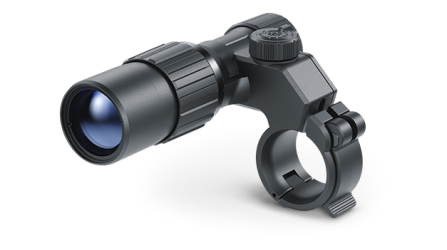 DiscontinuedPulsar Digex-XS
DiscontinuedPulsar Digex-XS APS Batteries
APS Batteries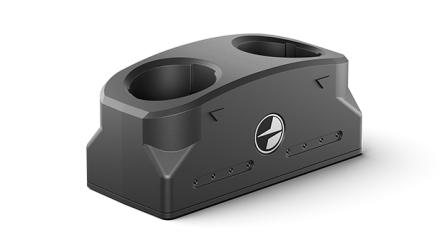 APS Chargers
APS Chargers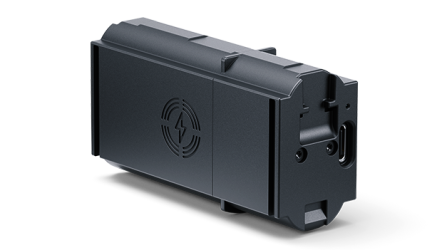 LPS 7i Battery Pack
LPS 7i Battery Pack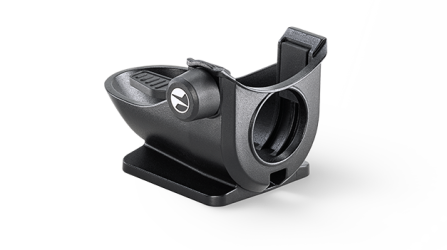 Telos LRF Tripod Adapter
Telos LRF Tripod Adapter IPS Batteries
IPS Batteries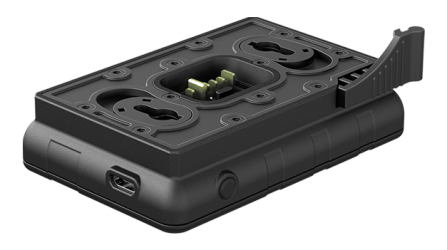 IPS Battery Charger
IPS Battery Charger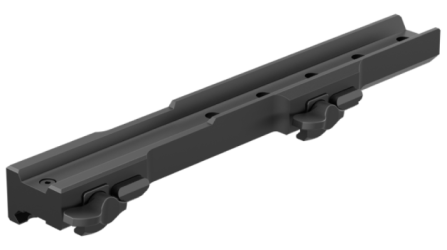 Rifle Mounts
Rifle Mounts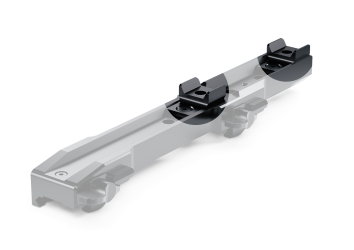 H7 Spacers
H7 Spacers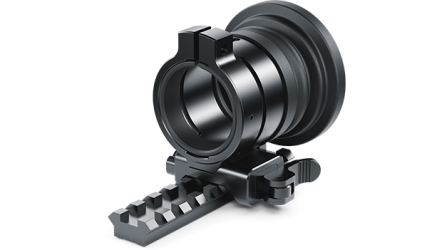 NewPSP-V Weaver Rail Adapter
NewPSP-V Weaver Rail Adapter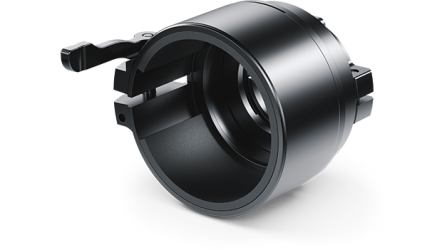 PSP Ring Adapters
PSP Ring Adapters NewPSP-B Ring Adapters
NewPSP-B Ring Adapters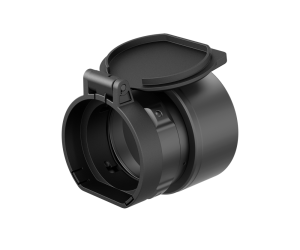 FN Adapters
FN Adapters Remote Controls
Remote Controls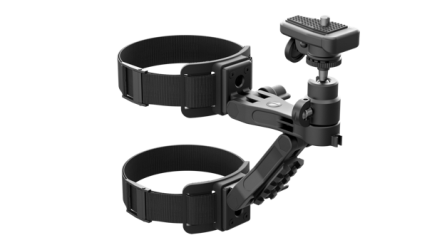 Tree mount
Tree mount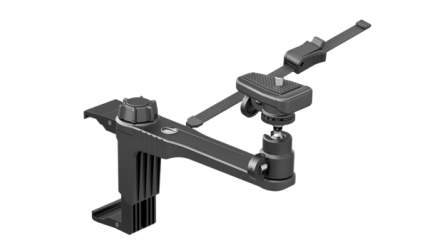 Window Frame Mount
Window Frame Mount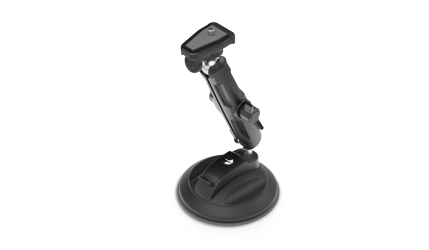 Flat Glass Mount
Flat Glass Mount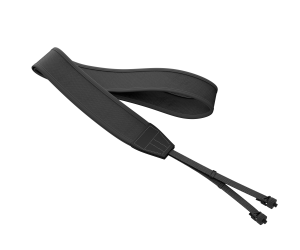 Neck Straps
Neck Straps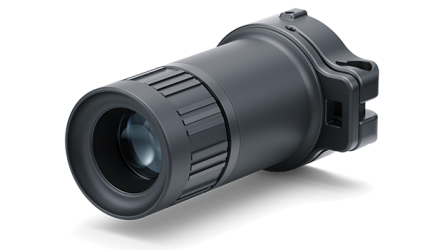 NewMonocular Pulsar 3x20 B
NewMonocular Pulsar 3x20 B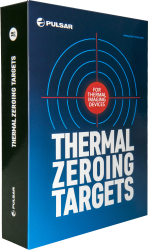 Thermal Zeroing Targets
Thermal Zeroing Targets
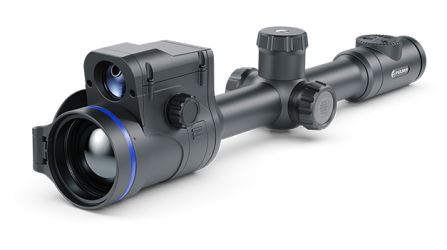
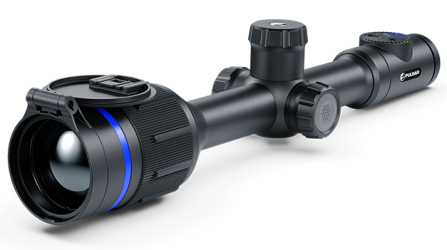
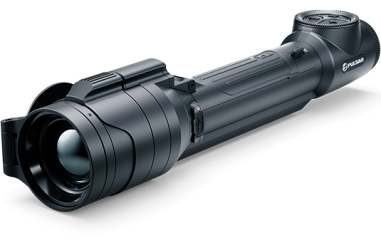
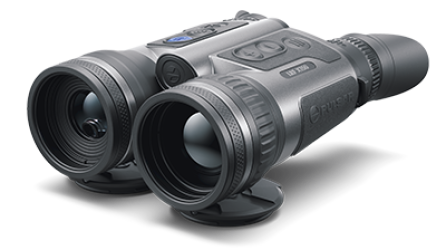
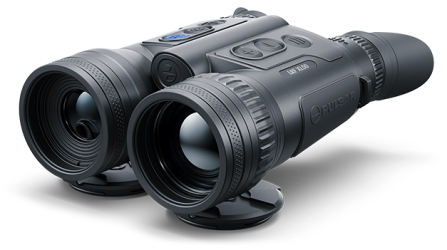
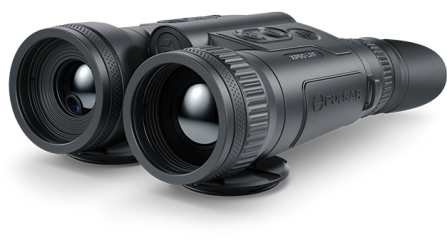
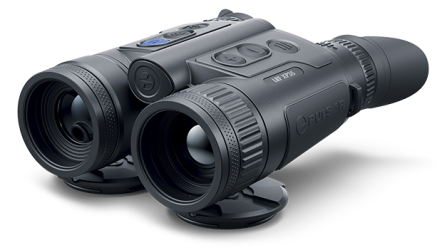
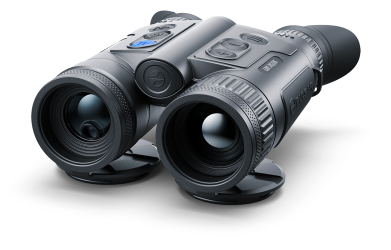
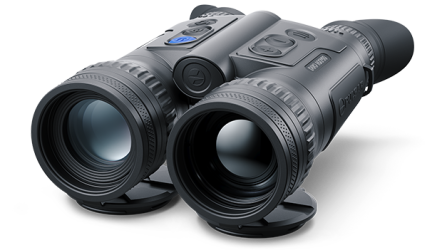
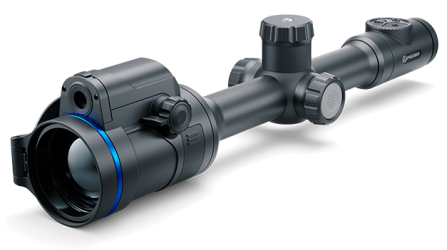

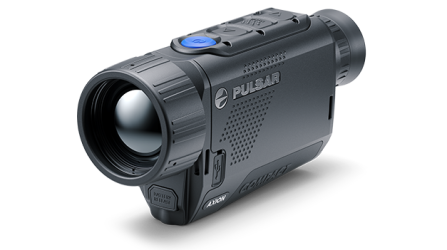
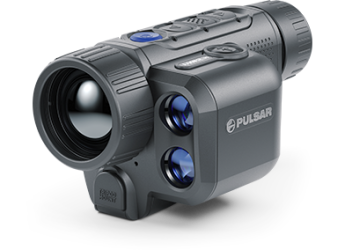
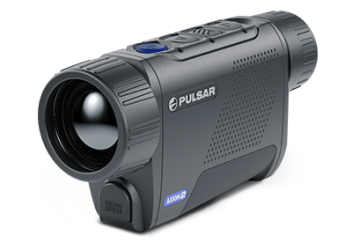
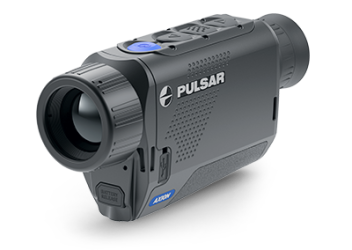
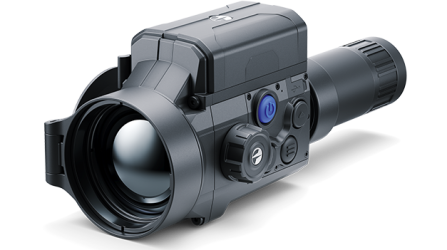
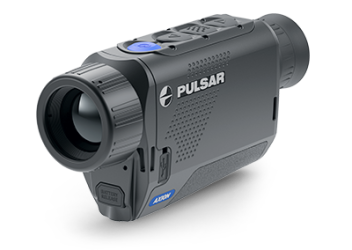
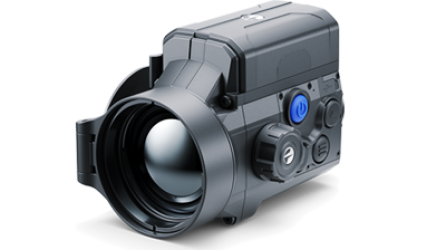
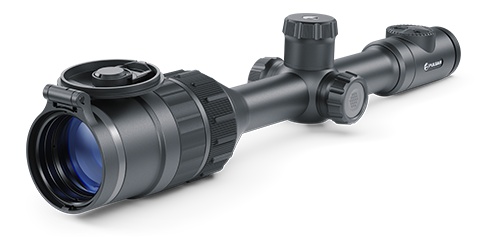
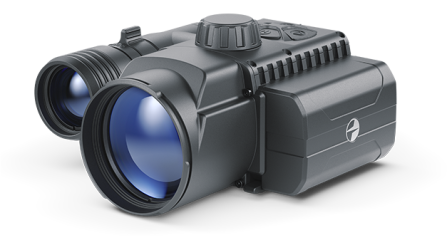
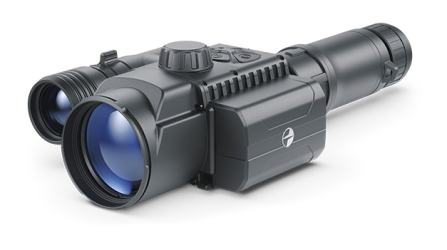























 English
English German
German French
French Spanish
Spanish Italiano
Italiano English
English Lietuvių
Lietuvių